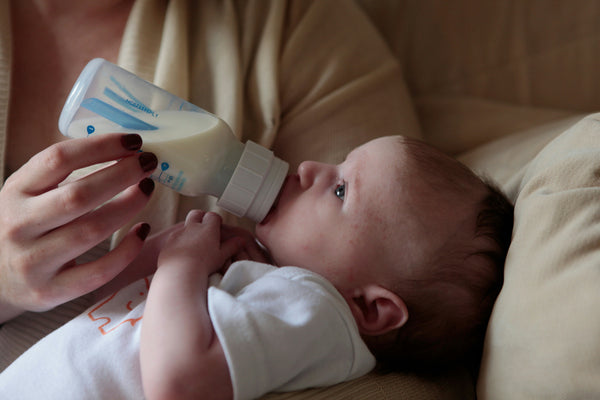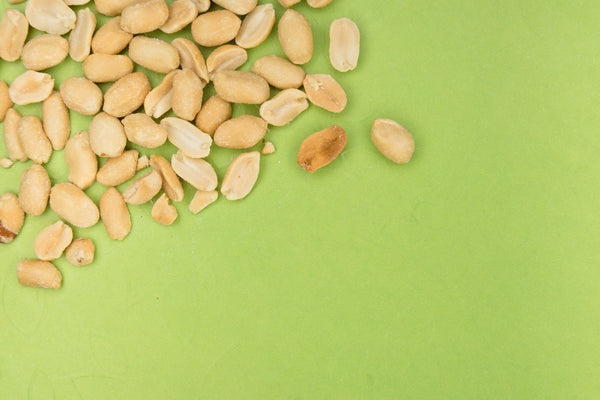Helping Toddlers and Kids Overcome Stool Withholding
Causes, Treatments, and Tips
share this article

Stool withholding is a surprisingly common (and distressing!) issue for kids. I recently saw an 11-year-old patient who had been having poop accidents for over a year. He remembered it hurting to poop when he was younger, so he started holding it in. Now, he avoids pooping at school due to embarrassment, and his bowels have become so stretched out that he no longer feels the urge to go. His story reminded me that withholding can start early and lead to significant problems if left untreated.
If you suspect your kid is withholding stool, early intervention can prevent long-term problems. Here’s what you need to know:
Why Do Kids Withhold Stool?
Many kids develop stool withholding behaviors because of a painful experience with constipation. They may avoid pooping to prevent discomfort, creating a cycle that worsens the problem. Some kids prefer to poop in a pull-on diaper rather than on the toilet, while others hide in corners to avoid using the bathroom. As time goes on, the colon stretches, reducing their ability to feel the urge to go.
This behavior can lead to chronic constipation, tummy aches and poop accidents.
Begin Health Expert Tip
For more information behind kids and withholding, check out our blog on "The Psychology of Withholding Bowel Movements."
Can you Treat Stool Withholding?
There are two important strategies for treatment and both are necessary to be effective according to guidelines from the North American Society For Pediatric Gastroenterology [1].
The first is getting relief from constipation symptoms by using products like Growing Up Prebiotics,and the second is behavior modification.
Behavior training starts with kids following a toilet routine. They should sit on the toilet for 5-10 minutes about 30 minutes after meals, 2-3 times per day, using a timer and positive reinforcement to stay consistent. Be sure that your kid’s feet can touch the ground or a stool to support their feet, helping them relax and make pooping easier.
In more extreme cases the above strategy may not work. For more challenging cases, pediatric urologist Steve Hodges, MD, author of “It’s No Accident” recommends this approach to treating stool withholding:
The Gradual Transition Approach
For kids who resist pooping on the toilet, gradual steps can ease the transition. Start by allowing them to use a pull-on diaper but encourage them to poop in the bathroom.
Over time, move toward sitting on the toilet while still wearing the disposable diaper. If needed, you can even cut a hole in the pull-on to help them feel secure while making the transition.
This slow, supportive method helps kiddos overcome the psychological barriers to pooping on the toilet.
The Role of Prebiotics and Fiber
There is evidence that developing healthy gut bacteria can help treat constipation symptoms [2]. Studies show that people with chronic constipation often have different gut bacteria compared to healthy individuals. Adding a combination of prebiotics and fiber like the ingredients found in Growing Up Prebiotics to your little one’s diet could help improve gut health and make it easier for them to poop.
Summary
Pooping is a natural process, but for some kids, it becomes a source of anxiety and discomfort. With the right support and treatment, even the most stubborn cases can be resolved.
For more tips and detailed treatment plans, check out Episode 25 of The Pediatrician Next Door podcast: “The Surprising Solution to Potty Problems!”


















